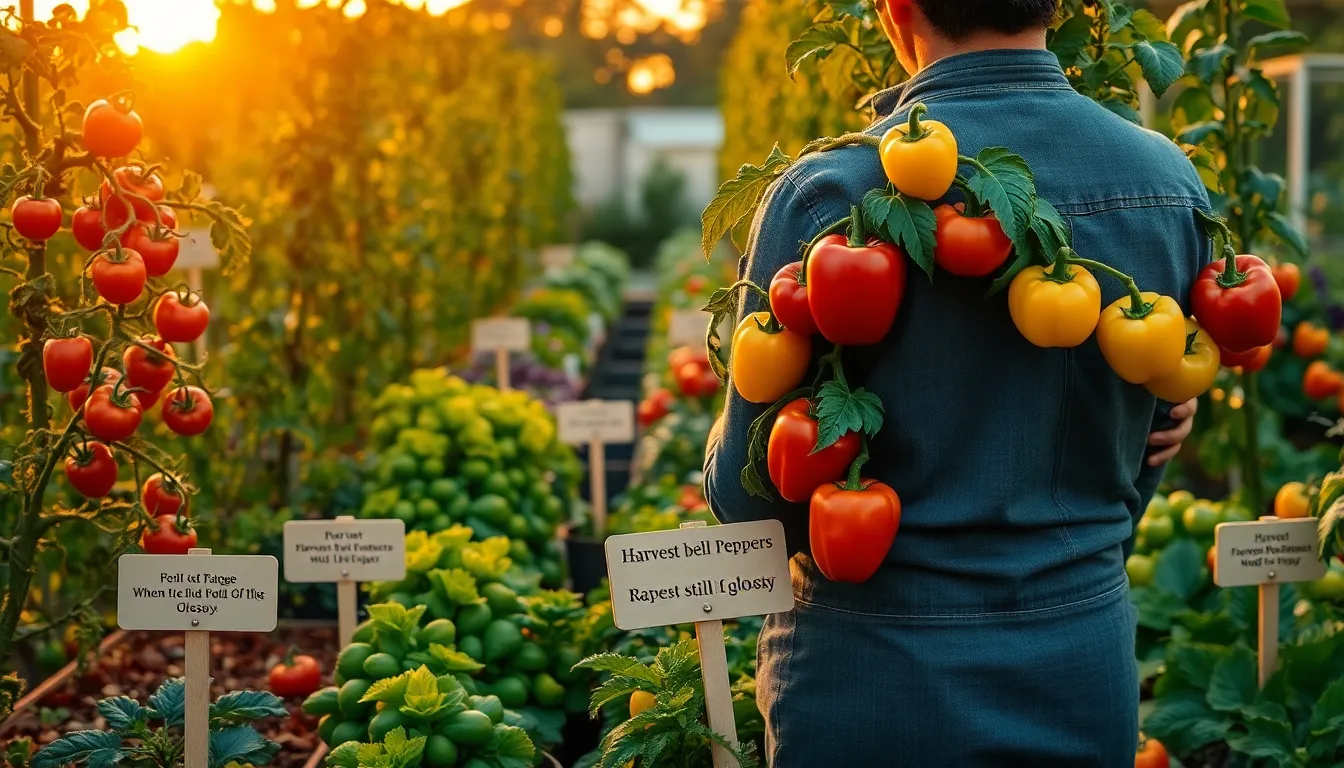Harvest time in the garden is like a colorful symphony of flavors waiting to be discovered, a moment when patience and nurturing come to fruition. Whether you’re a new gardener eager to taste your first homegrown tomato or a seasoned green thumb with a bounty of crops, knowing just when to harvest your vegetables is key to savoring their peak flavor and nutrition.
Understanding the right moment to pick your vegetables can transform your gardening experience, turning it into a journey of learning and satisfaction. In this article, we’ll delve into the nuances of timing your harvest perfectly, from the first blush of a tomato to the crisp snap of a fresh pea.
You’ll learn how to recognize the subtle signs that your vegetables are ready to be plucked, ensuring that each bite is a testament to your gardening efforts. We’ll share practical tips that cater to both beginners seeking guidance and experienced gardeners looking to refine their skills. Together, let’s unlock the secrets of a bountiful harvest, ensuring your garden gives you the best it has to offer.
Recognizing Ripeness in Vegetables
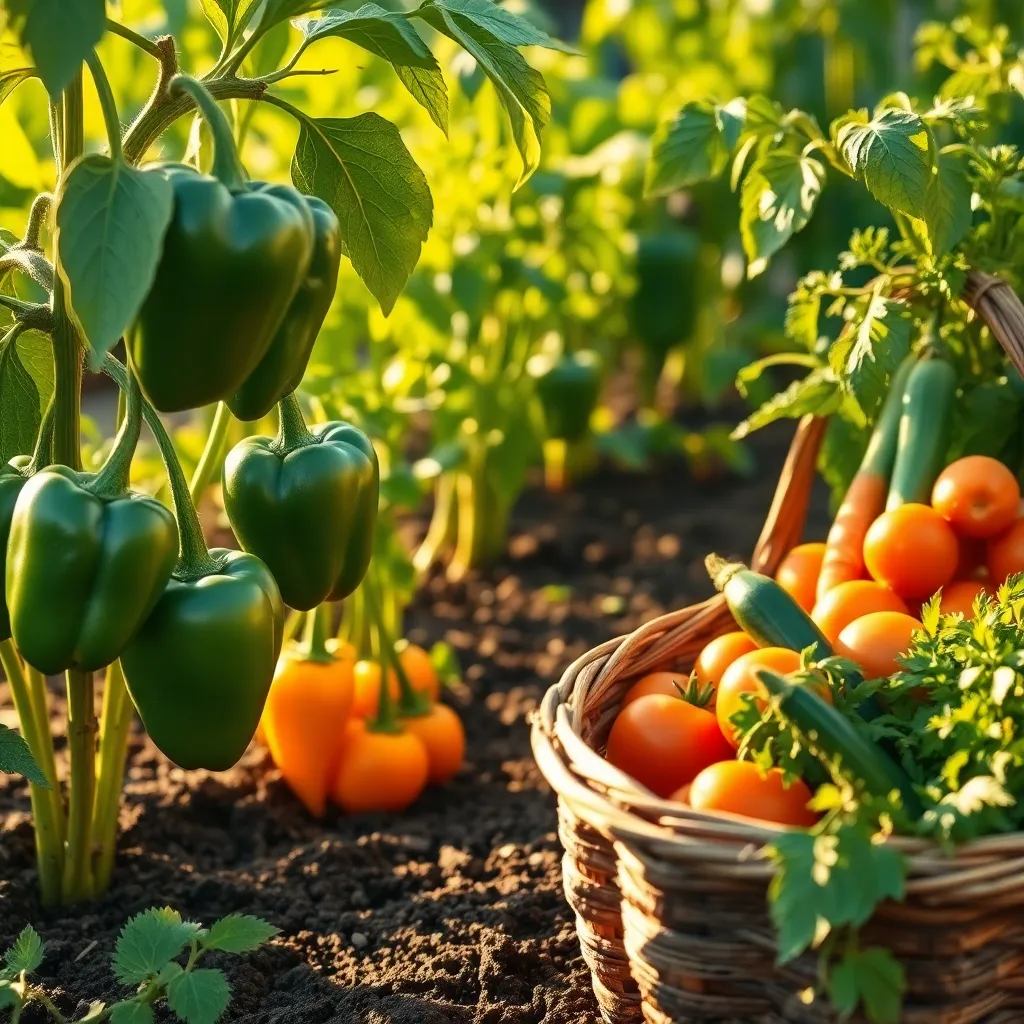
Recognizing the right time to harvest is crucial for enjoying the best flavor and texture of your vegetables. Color, size, and firmness are key indicators of ripeness, varying significantly across different types of vegetables.
For tomatoes, look for a consistent rich color without any green patches, indicating full ripeness. When gently squeezed, ripe tomatoes should yield slightly but not be too soft, ensuring they’re juicy and flavorful.
With root vegetables like carrots, check the top of the root where it meets the stem to gauge size. A diameter of about an inch often suggests they’re ready, but pulling one as a test is a great way to ensure sweetness and texture.
Leafy greens, such as lettuce and spinach, should be harvested when the leaves are full-sized but before they become tough or start to bolt. Regularly harvesting outer leaves can encourage continued growth and provide a continuous supply.
Cucumbers are best harvested when they’re firm and reach the desired size specified for the variety, often around 6 to 8 inches. Picking them regularly encourages the plant to produce more, preventing oversized, bitter fruit.
For advanced gardeners, monitoring soil moisture is key to ensuring vegetables don’t become waterlogged or too dry, affecting ripeness. Consistently moist, well-drained soil helps in achieving optimal growth and flavor for most vegetables.
Consider using mulch to maintain soil moisture and temperature, particularly in warm climates. This technique not only aids in ripeness but also reduces the need for frequent watering, making your gardening more sustainable.
Optimal Harvest Times by Season
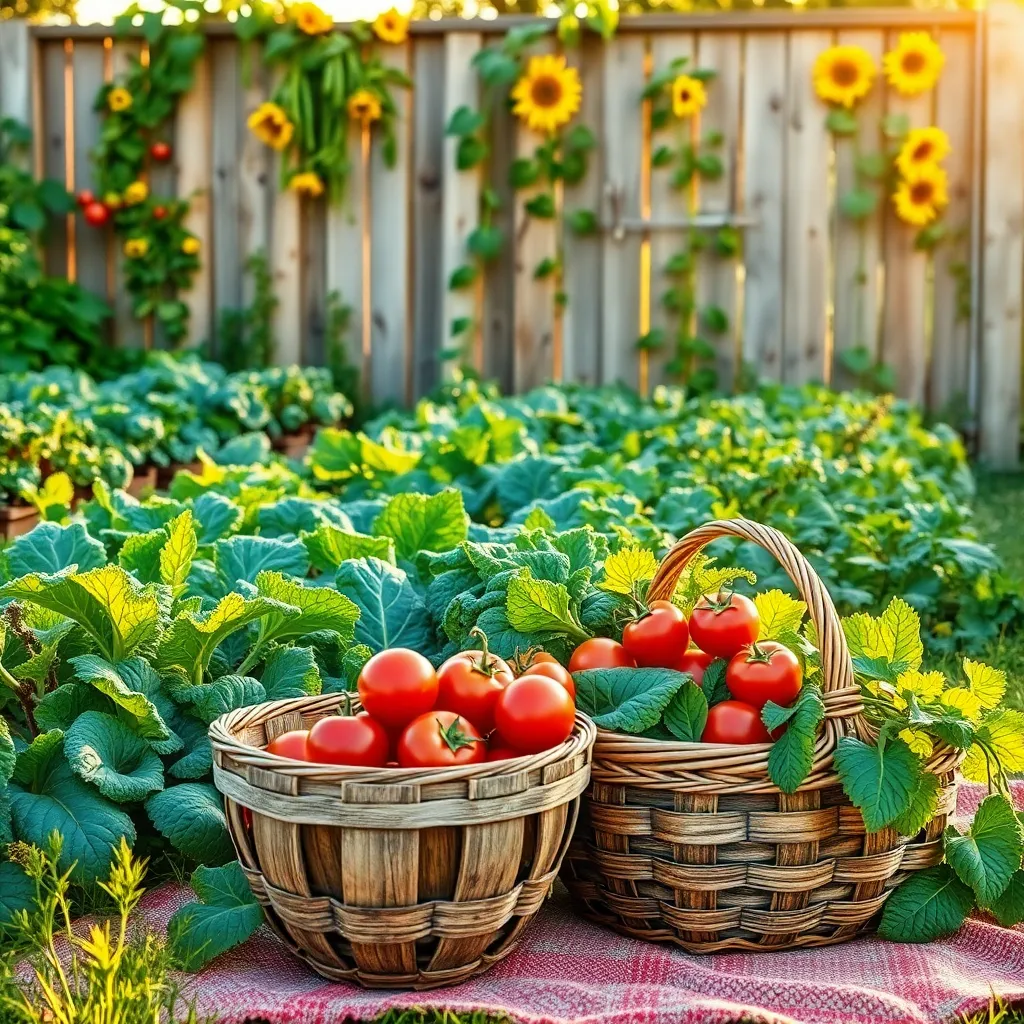
When it comes to harvesting vegetables, timing is everything. Knowing the optimal harvest time for each season ensures you get the best flavor and nutrition from your garden produce.
In spring, focus on leafy greens like lettuce and spinach. These veggies thrive in the cooler temperatures and can be harvested when the leaves are young and tender, ensuring a sweet taste.
Make sure to water them consistently, as they prefer moist, well-drained soil. If you’re growing spinach, thin the seedlings to about 3 inches apart to give each plant room to grow.
Summer brings a bounty of fruits and vegetables like tomatoes and cucumbers. Harvest tomatoes when they are fully colored and slightly firm, while cucumbers should be picked when they are green and have a uniform color.
For best results, water them deeply once a week to encourage deep root growth. Consider adding a layer of mulch around these plants to retain soil moisture and suppress weeds.
As fall arrives, it’s time to harvest root vegetables such as carrots and beets. These should be pulled when they are of a usable size, and the tops have started to turn yellow.
Ensure the soil is loose and well-drained to facilitate easy harvesting. To boost growth, consider adding a balanced fertilizer a few weeks before you plan to harvest.
In winter, focus on hardy vegetables like kale and Brussels sprouts. These can tolerate frost and even improve in flavor after being exposed to a light frost.
Plant them in a spot that gets full sun and ensure the soil remains fertile by adding compost or well-rotted manure. Regularly check for pests like aphids and caterpillars, which can be controlled with natural methods like neem oil.
Signs Your Vegetables Are Ready
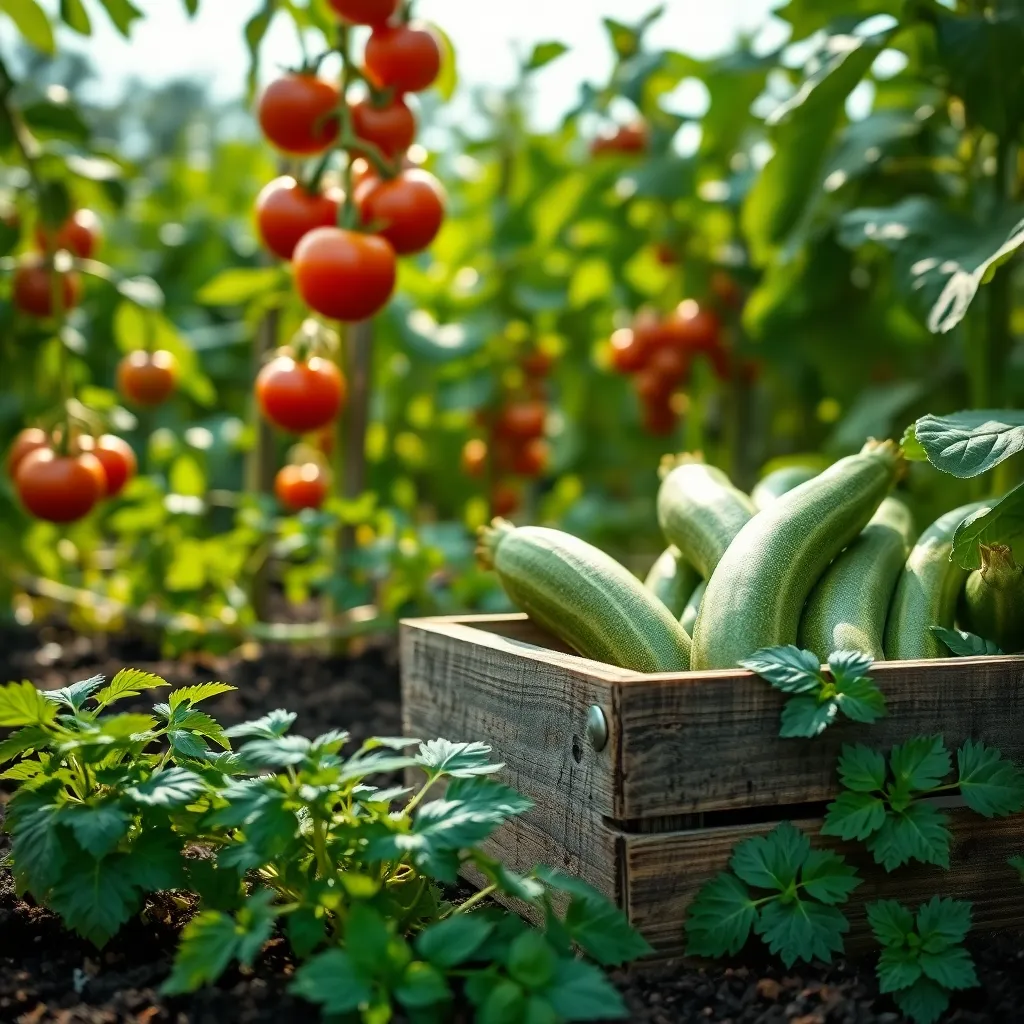
Understanding the right moment to harvest your vegetables is crucial for maximizing flavor and nutritional value. One clear indication that vegetables are ready is by observing their color, as most vegetables will reach a vibrant hue when they’re ripe.
In addition to color, the size of the vegetable is another important factor to consider. For instance, carrots should be about a half-inch in diameter, while tomatoes should feel firm yet slightly soft to the touch.
Checking the texture of your vegetables can also signal readiness for harvest. Cucumbers, for example, should be firm and crisp, avoiding any yellowing which indicates overripeness.
For leafy greens like lettuce and spinach, it’s best to harvest when the outer leaves are large enough to eat, but before the plant begins to bolt. Bolting occurs when the plant starts to flower, often resulting in bitter leaves.
Another tip is to monitor the growth time specified for each vegetable variety. Many seed packets offer a “days to maturity” guideline, which can help you estimate the harvest window.
Finally, it’s helpful to gently test the vegetables before committing to a full harvest. By picking a few sample pieces, you can assess the flavor and texture to ensure they’re at their peak.
Tools for Effective Harvesting
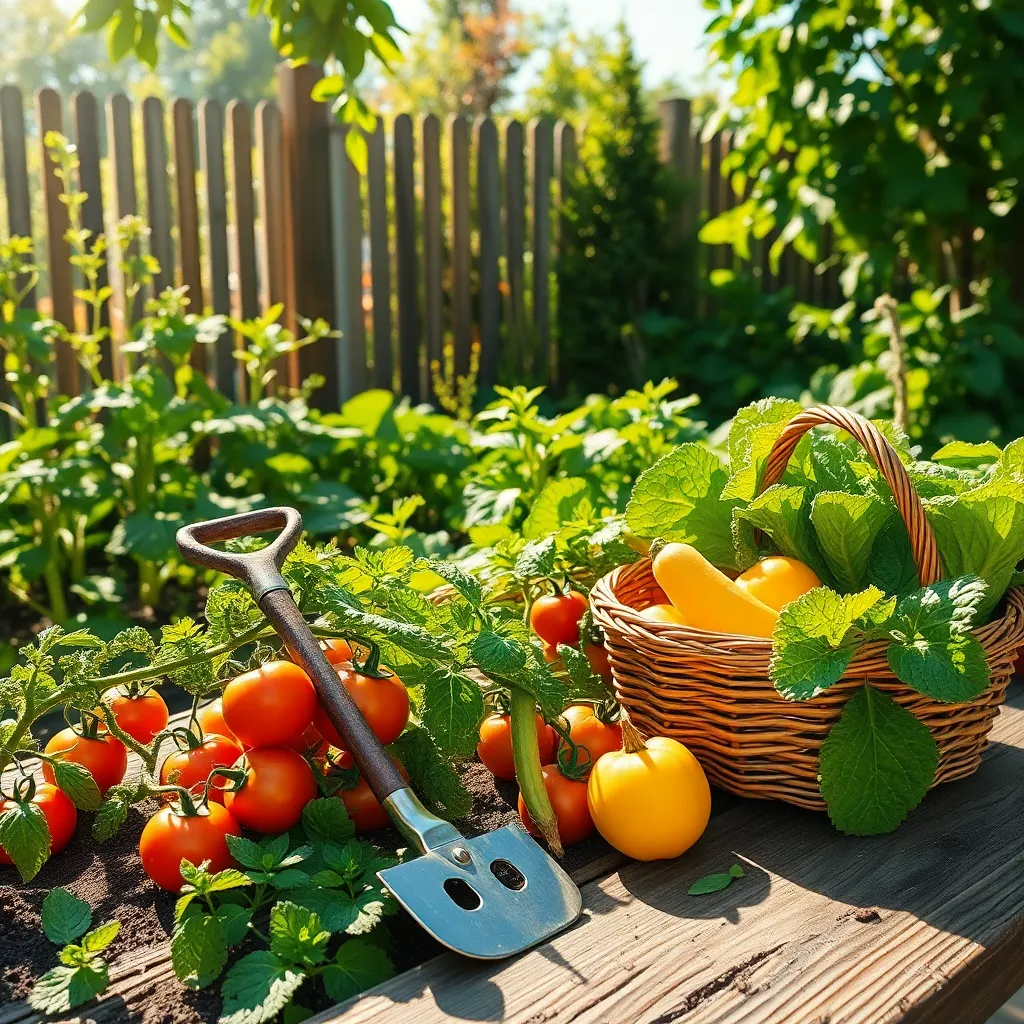
When it comes to harvesting, having the right tools can make the process both efficient and enjoyable. One essential tool is a pair of sharp, clean pruning shears, which help you make precise cuts without damaging the plant.
Harvesting baskets or bags are also invaluable, allowing you to collect your produce without bruising it. Choose containers that are lightweight and easy to carry, with enough ventilation to keep your vegetables fresh.
For those with larger gardens, a garden cart or wheelbarrow can greatly ease the transportation of heavy crops. These tools not only save your back from strain but also enable you to quickly move large quantities of produce to your kitchen or storage area.
Additionally, having a small hand trowel on hand can be beneficial for root vegetables like carrots and potatoes. This tool helps you gently dig around the plant, ensuring you do not damage the delicate tubers during extraction.
Post-Harvest Care and Storage
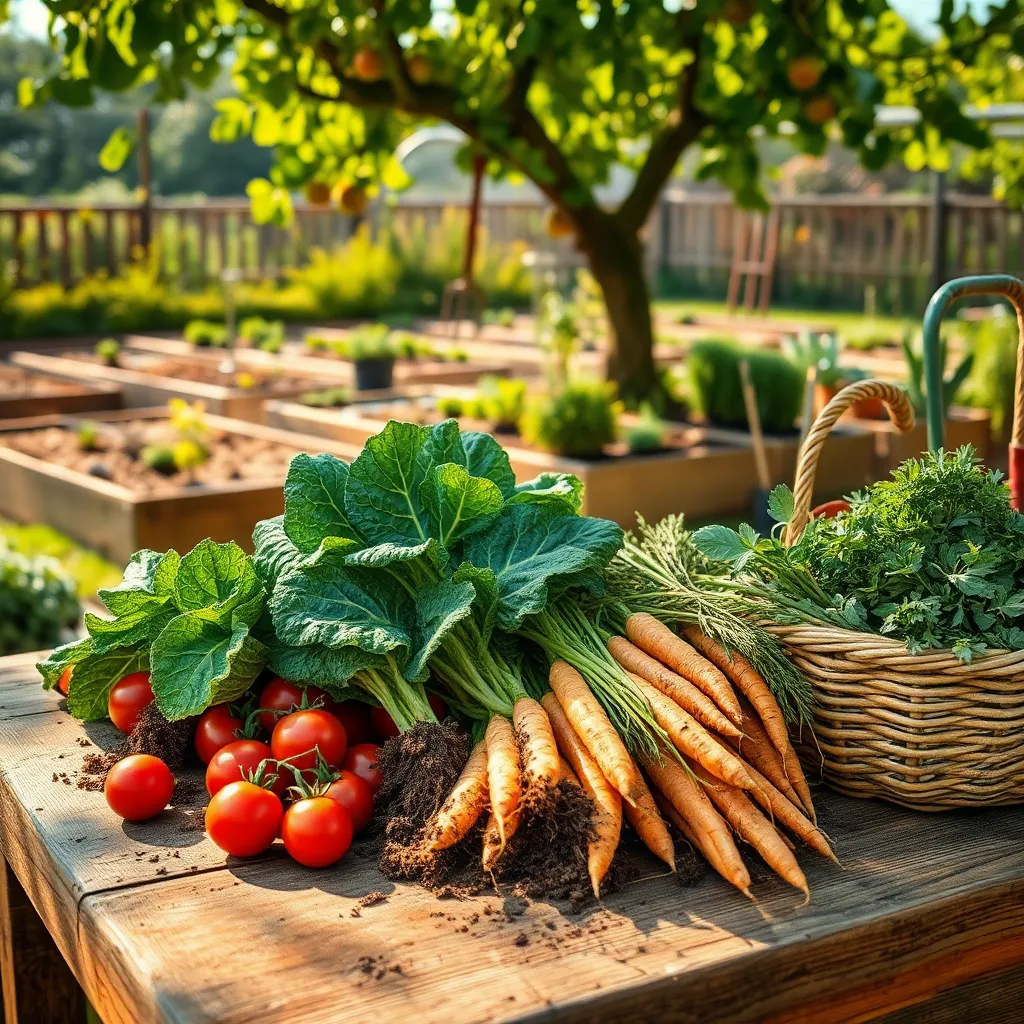
Once you’ve harvested your vegetables, knowing how to properly care for and store them is crucial to ensure they last. Proper post-harvest care can significantly extend the shelf life of your produce, minimizing waste and maximizing flavor.
To start, gently brush off any dirt from your vegetables, but avoid washing them unless you plan to use them immediately. Excess moisture can lead to mold or rot, so it’s best to keep them dry for storage.
Consider the ideal storage conditions for each type of vegetable. For example, root vegetables like carrots and potatoes prefer cool, dark, and slightly humid environments, while tomatoes benefit from being stored at room temperature to preserve their flavor.
Advanced gardeners might invest in a root cellar or similar storage area to maintain optimal conditions for long-term storage. Monitoring temperature and humidity in your storage area can prevent spoilage and ensure vegetables remain in peak condition.
For leafy greens, remove any damaged leaves and store them in a breathable bag in the crisper drawer of your refrigerator. This method maintains freshness while preventing excessive moisture build-up that can cause decay.
If you have a bounty of herbs, consider drying or freezing them to preserve their aromatic qualities.
- Hang them upside down in a warm, dry place to air dry, or
- freeze them in ice cube trays with a bit of water or broth for easy use later.
By understanding and applying these post-harvest care techniques, you’ll enjoy the fruits of your labor long after the harvest season has ended. Not only will this help reduce waste, but it will also provide a continuous supply of homegrown produce throughout the year.
Conclusion: Growing Success with These Plants
In nurturing your relationships, much like tending to a garden, timing is everything. This article outlined five key concepts: understanding the seasons of your relationship, recognizing when to nurture growth, knowing the signs that it’s time to communicate, appreciating the harvest when things flourish, and being patient during dormant periods. These insights can help you cultivate stronger, more fulfilling connections with those you love.
As an actionable next step, take a moment to reflect on where each of your relationships currently stands and identify any areas that need attention or appreciation. Implement one small change today, whether it’s a heartfelt conversation or a simple gesture of love.
Remember, relationships thrive when tended to with care and attention. Bookmark this article as your go-to guide for nurturing your connections through life’s various seasons. By doing so, you equip yourself with the knowledge to ensure your relationships continue to grow and blossom beautifully.
Looking forward, with consistent effort and genuine care, you can create a garden of relationships that are not only resilient but also deeply rewarding. Embrace the journey and watch your connections thrive.

